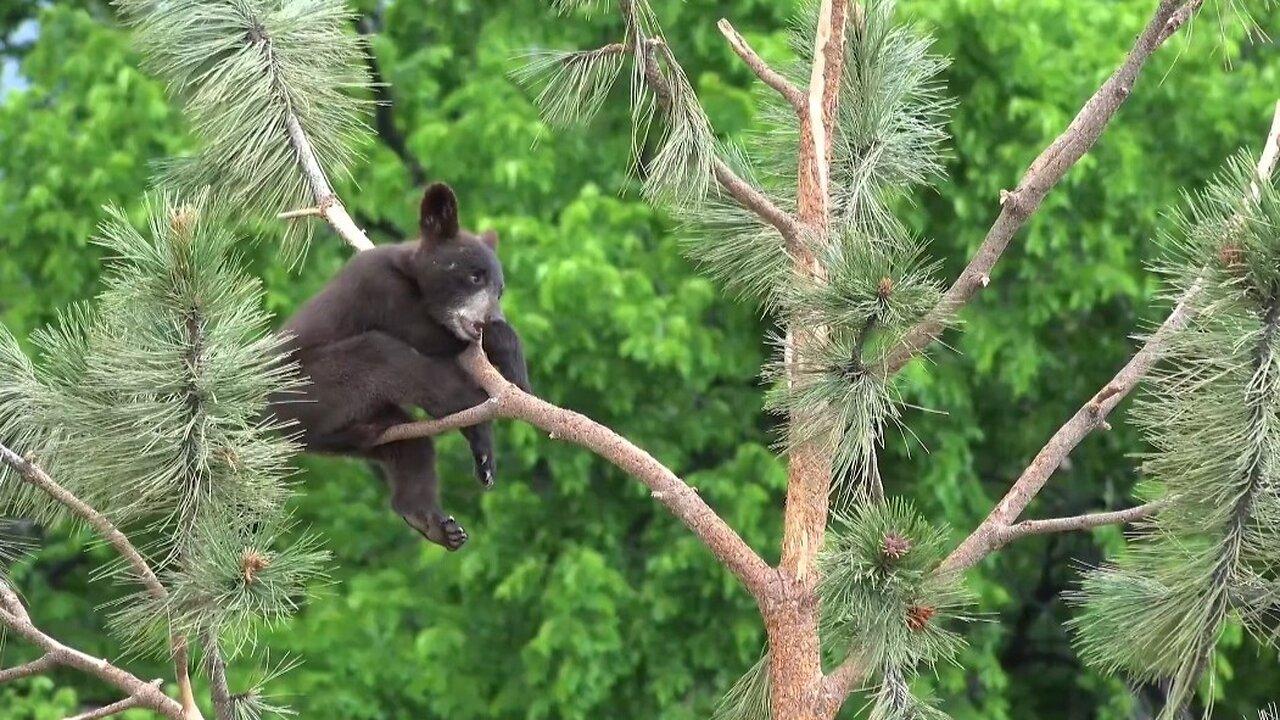
Bears are large mammals belonging to the family Ursidae.
They are found across various regions in North America, South America, Europe, and Asia, with eight recognized species, each adapted to different environments.
### Characteristics: - **Size and Build:** Bears are generally large, with a robust body, strong limbs, a short tail, and small rounded ears.
They have plantigrade feet, meaning they walk on the soles of their feet like humans, which contributes to their powerful and stable gait.
- **Diet:** Most bear species are omnivorous, with diets that vary depending on their habitat and the season.
For example, brown bears consume fish, fruits, and small mammals, while giant pandas primarily eat bamboo.
Polar bears are primarily carnivorous, with seals making up a large part of their diet.
- **Behavior:** Bears are generally solitary animals, except for mothers with cubs or during mating season.
They have a keen sense of smell and can be both diurnal and nocturnal, depending on the species and environment.
- **Hibernation:** Some bear species, like the American black bear, hibernate during the winter months.
During hibernation, their metabolic rate slows significantly, allowing them to survive for months without eating.
### Species Overview: 1.
**American Black Bear (*Ursus americanus*):** Found in North America, this bear is highly adaptable, living in forests, swamps, and even urban areas.
2.
**Brown Bear (*Ursus arctos*):** This species includes subspecies like the grizzly bear and the Kodiak bear.
They are found in North America, Europe, and Asia.
3.
**Polar Bear (*Ursus maritimus*):** Native to the Arctic Circle, polar bears are the largest land carnivores, highly specialized for life in cold environments.
4.
**Asian Black Bear (*Ursus thibetanus*):** Also known as the moon bear, it is found in forests and mountains across Asia, recognizable by the white crescent shape on its chest.
5.
**Giant Panda (*Ailuropoda melanoleuca*):** Native to China, the giant panda is famous for its diet of bamboo and is considered a symbol of wildlife conservation.
6.
**Sloth Bear (*Melursus ursinus*):** Found in the Indian subcontinent, sloth bears have a shaggy coat and primarily feed on insects like termites and ants.
7.
**Spectacled Bear (*Tremarctos ornatus*):** The only bear species native to South America, recognizable by the distinctive markings around its eyes, which resemble spectacles.
8.
**Sun Bear (*Helarctos malayanus*):** The smallest bear species, found in Southeast Asian tropical forests, known for its short, sleek fur and long tongue, which it uses to extract honey and insects.
### Conservation: Several bear species are threatened due to habitat loss, poaching, and climate change.
Conservation efforts include habitat protection, anti-poaching laws, and, in some cases, captive breeding programs. The polar bear, for example, is particularly vulnerable due to the melting of sea ice in the Arctic.
Bears play essential roles in their ecosystems, such as seed dispersal and regulating prey populations, making their conservation critical for maintaining biodiversity.

